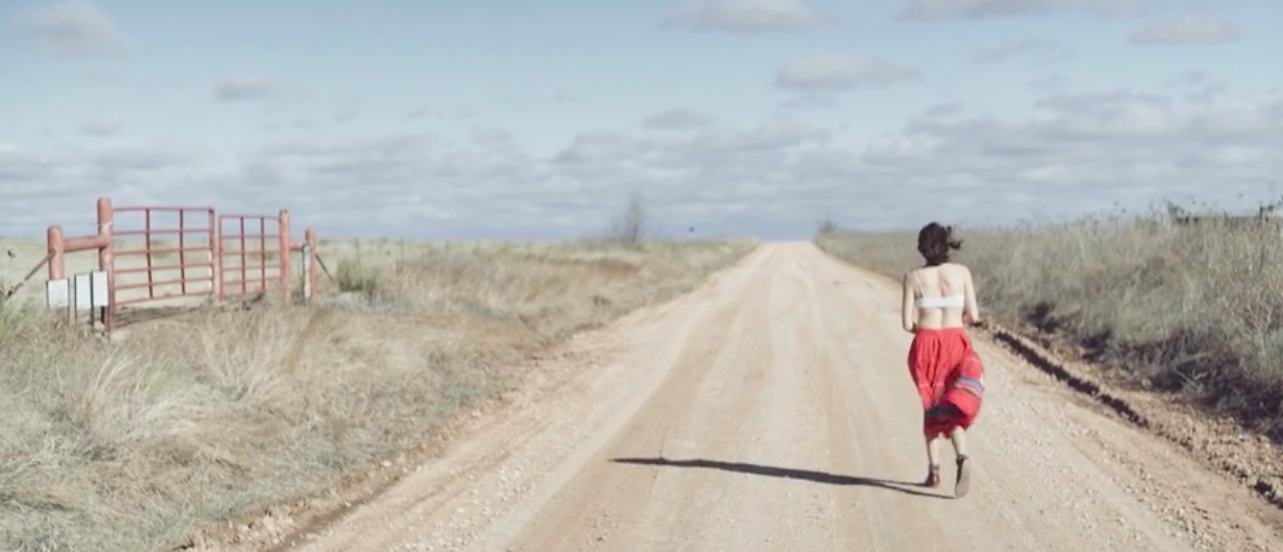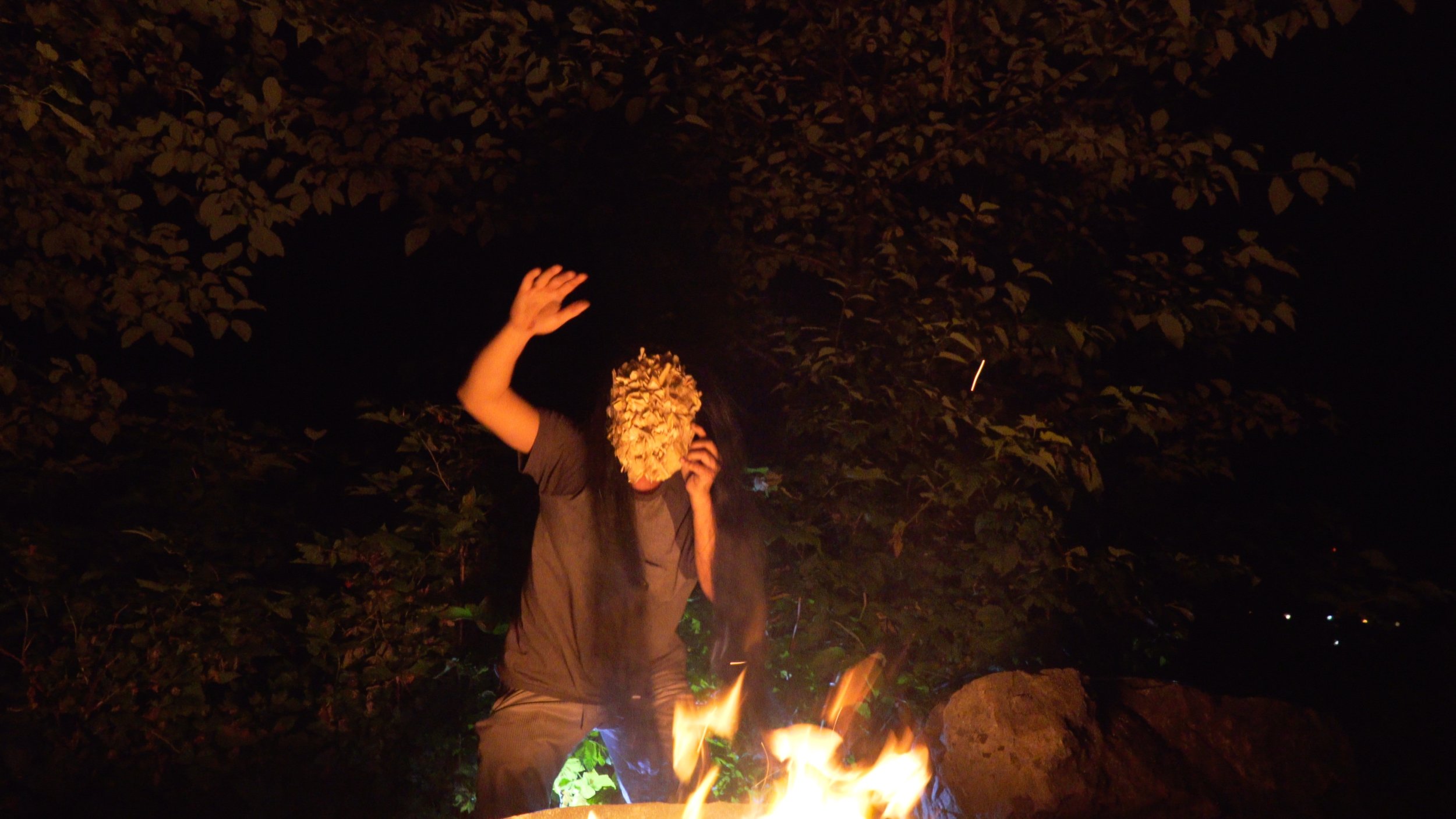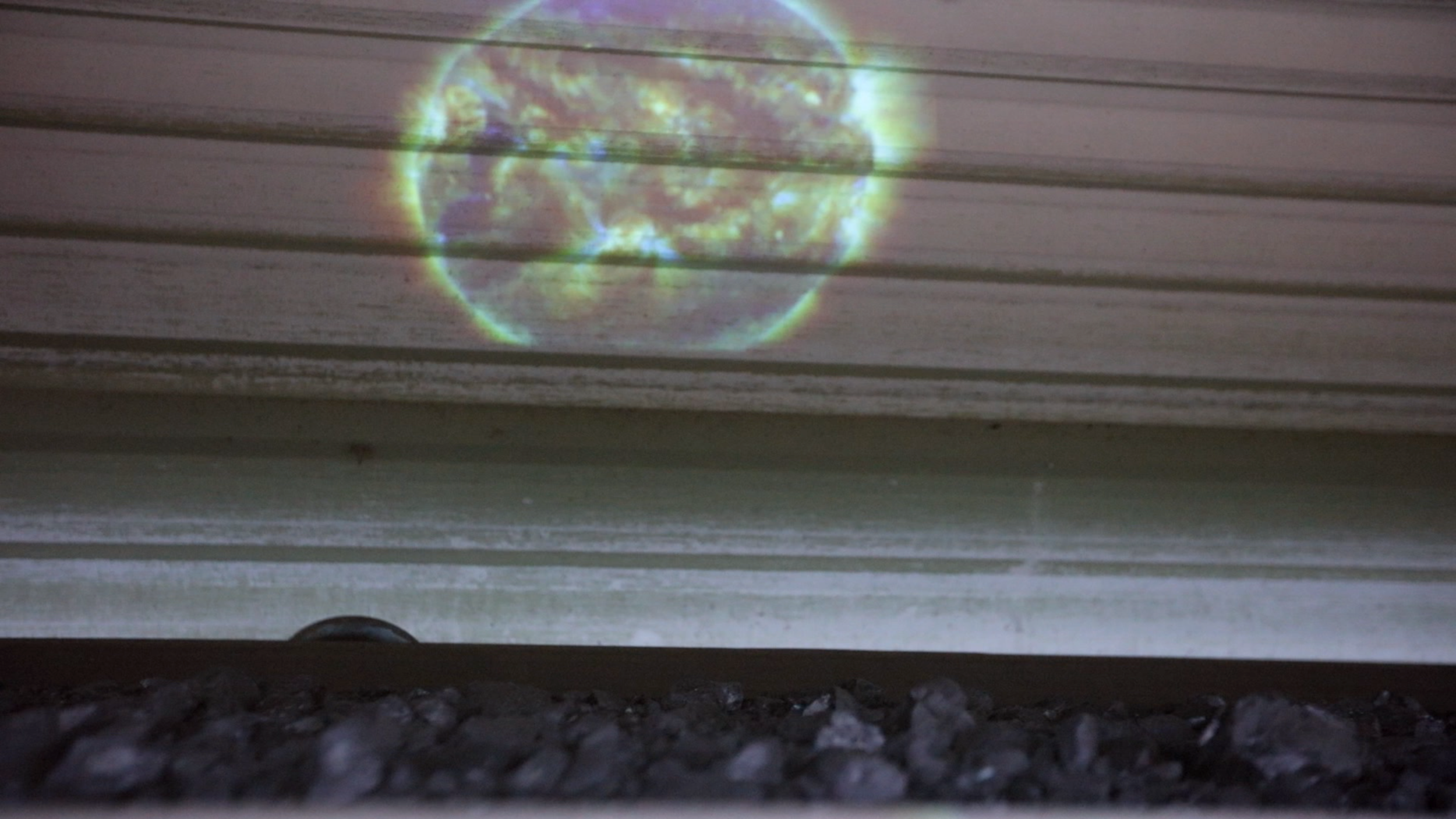Light Year 29: We The Hell Am I
September 7th, Dusk - 10pm
The Triangle at Pearl Street and Anchorage Place
How do we create identity? Is it entirely of the self, or are there ancillary factors that influence the way we identify our persona. We The Hell am I redresses and examines place, past histories, gender roles, traumas, contemporary mythologies, and movement through time and space as an amalgam and pastiche of complex identity construction. Featuring works by American artists Liss LaFleur and Andrew Erdos, and Indigenous artists Dylan McLaughlin and Nicholas Galanin, the exhibition seeks to illuminate the building blocks of identity and highlight their fluidity as evolutionary armor.
Curated by Erin Joyce
Featuring work from: Dylan McLaughlin, Nicholas Galanin, Liss LaFleur, Andrew Erdos
About the Artists
Dylan McLaughlin uses film as a conduit for discourse and discovery in artistic practice, through video portraits and short documentary. Driven by inquiries in environment, perception, movement, community, and mythology, he explores “moving within moving systems”. Investigating improvisation, articulating essentiality, and spatial sensibility through work with dancers, musicians, performing artists, biologists, and writers.
His work is inspired by Indigenous thought models and notions of place. His cultural background and upbringing on the Navajo Nation informs underlying threads of inquiry around identity and belonging. McLaughlin uses film as a platform to transcend mediums. Investigating collaboration, dialogue, and facilitation, to expand perception and study. McLaughlin holds a BFA in New Media Arts: Moving Images from the Institute of American Indian Arts in Santa Fe, New Mexico. In the fall of 2017 he will begin studies in Marlboro College’s Teaching with Technology program in Marlboro, Vermont.
Nicholas Galanin was born in 1979 in Sitka, Alaska and is of mixed Tlingit/Aleut and non-Native ancestry. His approach to making art is conceptual, thematically addressing pertinent issues of Native American representation and cultural critique. He uses a multidisciplinary approach to art-making and his body of work includes sculpture, installation, video, and new media. The work is aesthetically provocative, sublime, and layered — touching upon aspects of authority, authenticity, representation, and commoditization of Native American culture. Galanin brings to his work a liberated space for people of all cultures to engage with and a platform to relate to from their unique cultural perspective. Galanin’s art has been exhibited in New York; the Frye Museum in Seattle, WA; Craft and Folk Art Museum in Los Angeles, CA; and the National Gallery of Canada. Galanin was in the premiere of “You Are On Indian Land” in New York in April of 2015.
Liss LaFleur (b.1987) is an American media artist exploring filmmaking, queer identity in virtual space, and mediated forms of performance art. In her work, identity entangles memory to articulate the politics of difference through an act of unlearning.
LaFleur’s works are often durational, lyrical, and experimental. She has exhibited both nationally and internationally at venues including: the TATE Modern, Cannes Court Métrage, SXSW, the Reykjavik Art Museum, and CICA in South Korea. Her recently completed solo series, GREENER PASTURES, addresses social conditioning through a restructuring of the contemporary cowgirl — queering constructs of masculinity and consumption.
She received an MFA in Media Art from Emerson College in 2014, and currently serves as an Assistant Professor of New Media Art at the University of North Texas, in Denton, TX. www.lisslafleur.com
Andrew Erdos, (b. 1985) graduated with a BFA from Alfred University. He has been the subject of solo exhibitions at Claire Oliver Gallery in New York, with Invaluable (2015) and Guaranteed Impermanence (2013). The youngest recipient of the Rakow Commission of the Corning Museum of Glass, his work has been exhibited worldwide and throughout the United States. Notable group exhibitions include Piece by Piece at the Kemper Art Museum, Kansas City (2015); Glass Today: 21st Century Innovations at the New Britain Museum of American Art (2014); Facets of Modern and Contemporary Glass at the Knoxville Museum of Art (2014); Color Ignited: Glass 1962-2012 at the Toledo Museum of Art (2012); Cyberfest at The State Hermitage Museum in St Petersburg (2009), Art Parade at Deitch Projects in New York (2008), and Insatiable Streams at Beijing BS1 Contemporary Art Center in Beijing (2007).
Erdos’ work can be found in the permanent collections of the New Britain Museum of American Art; the Toledo Museum of Art; the Knoxville Museum of Art; the Corning Museum of Glass; the 21c Museum in Durham, and the Chazen Museum of Art in Madison. Andrew Erdos lives and works in New York City.
About the Curator
Erin Joyce is an independent curator, art critic, and scholar of contemporary art.
Erin has served as a consultant for SXSW on the implementation of art during the festival, was the interim Special Projects Editor at GOOD Magazine, and was the inaugural art editor for Aslan Media Inc. Erin is also a contributor to Hyperallergic, Salon, Gnovis Journal, SHFT, and content writer for the Modern Art Iraq Archive. Erin holds a Bachelor of Arts in the History of Art from the University of North Texas, studied contemporary art at Sotheby's Institute of Art London, and a Master of Arts in Museum Studies from Johns Hopkins University.
Erin's projects include exhibitions at Radiator Gallery in New York, IAIA Museum of Contemporary Native Art in Santa Fe, New Mexico, WAAS Gallery in Dallas, LIGHT YEAR in Brooklyn. The-Contemporary in Monterey, California, the Museum of Northern Arizona, and the Coconino Center for the Arts.
As a curator, Erin works with artists in a variety of media, from film works, installation, 2D and 3D mediums, performance art, and public art installations; representing both emerging and mid-career artists. She seeks to bend the notion of how contemporary art is presented and understood, with particular focus on art and curation as a form of activism. Looking both inside and outside the construct of the museum and gallery as venue for art presentation, seeking to refract art through the prism of the environment and contexts in which it was created.




